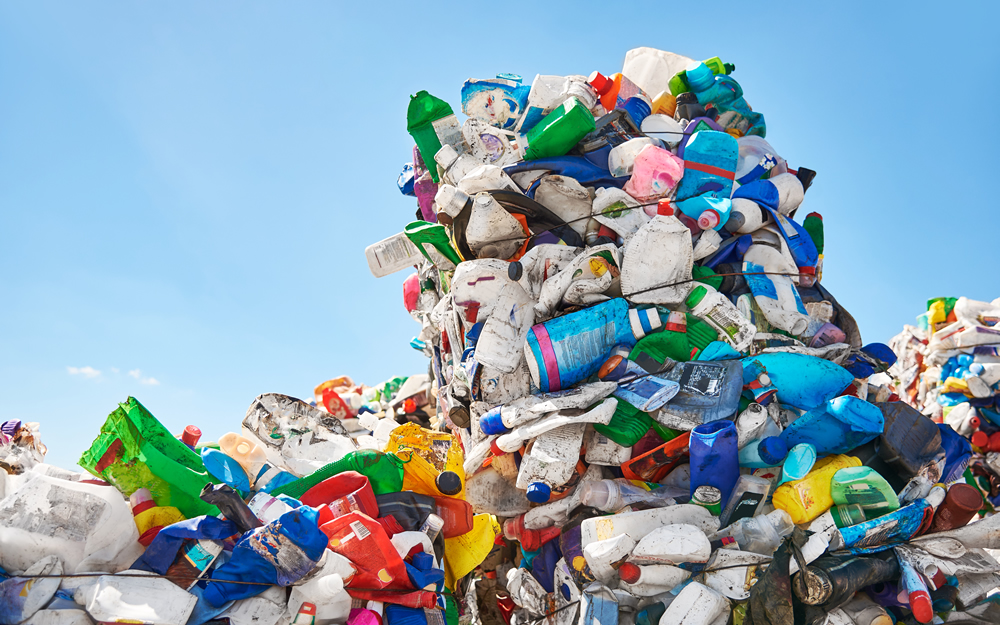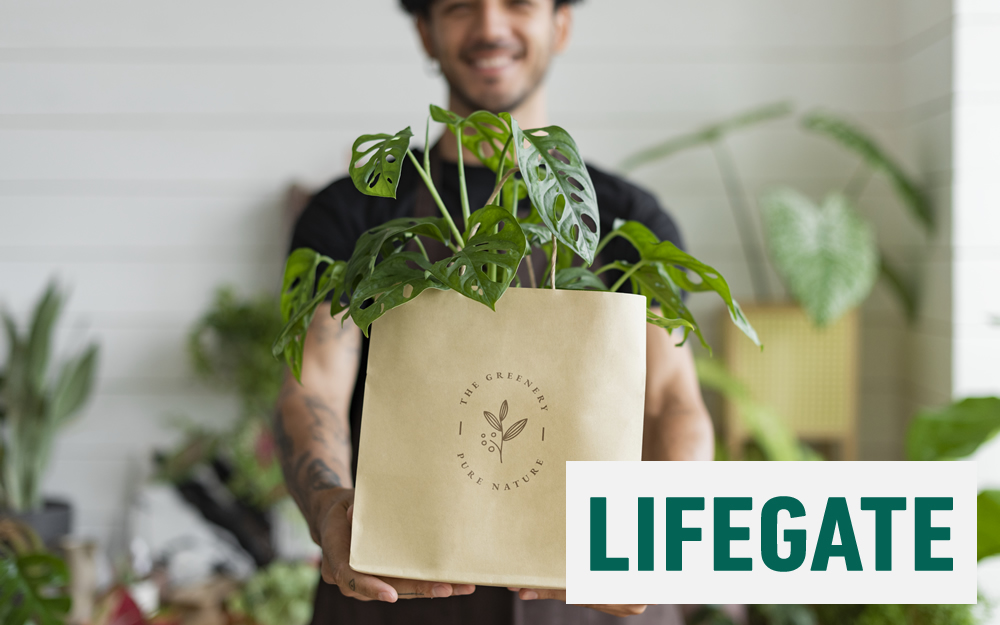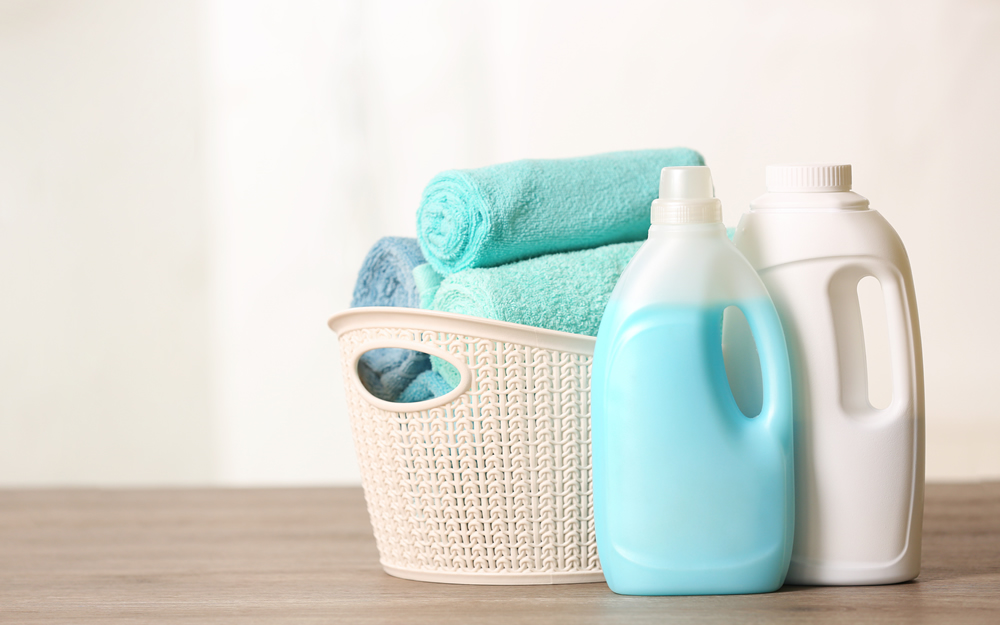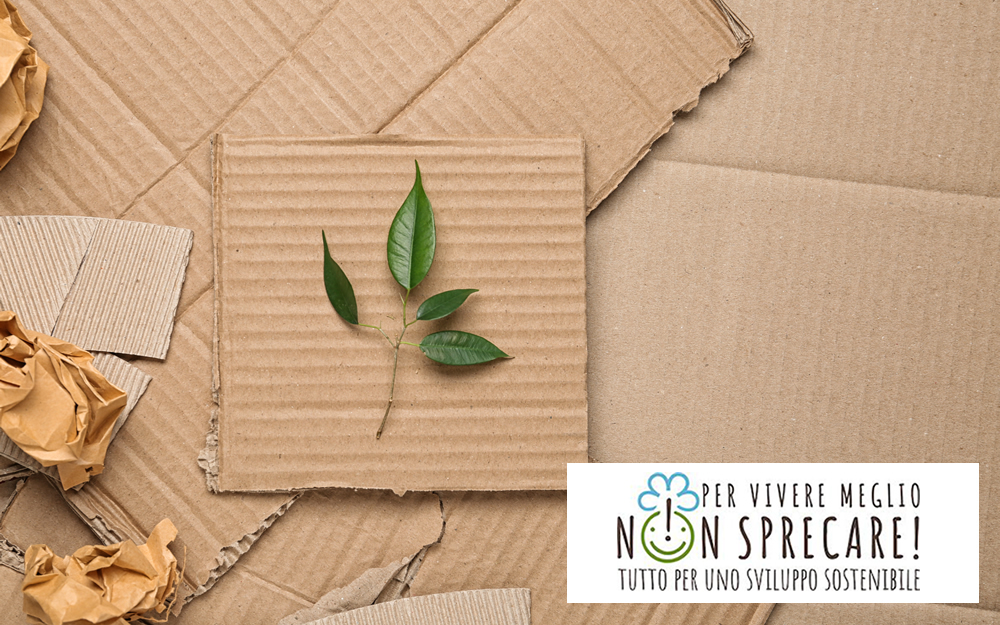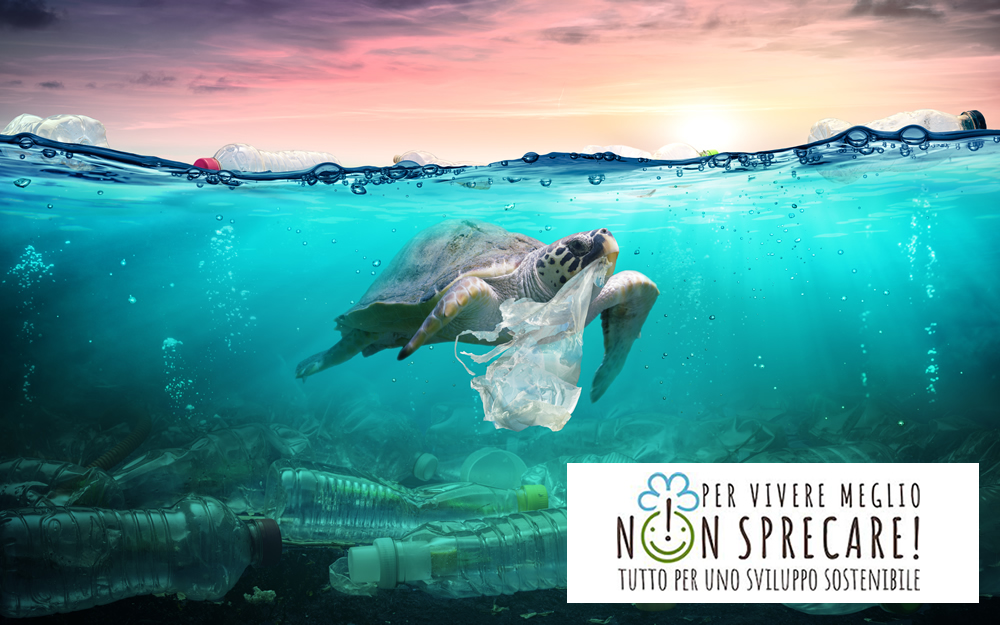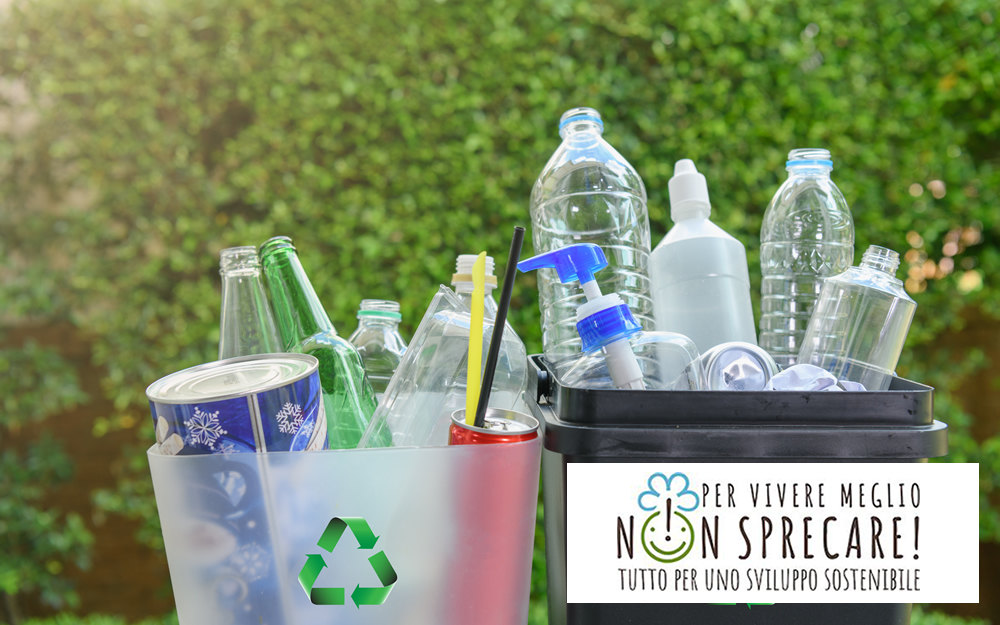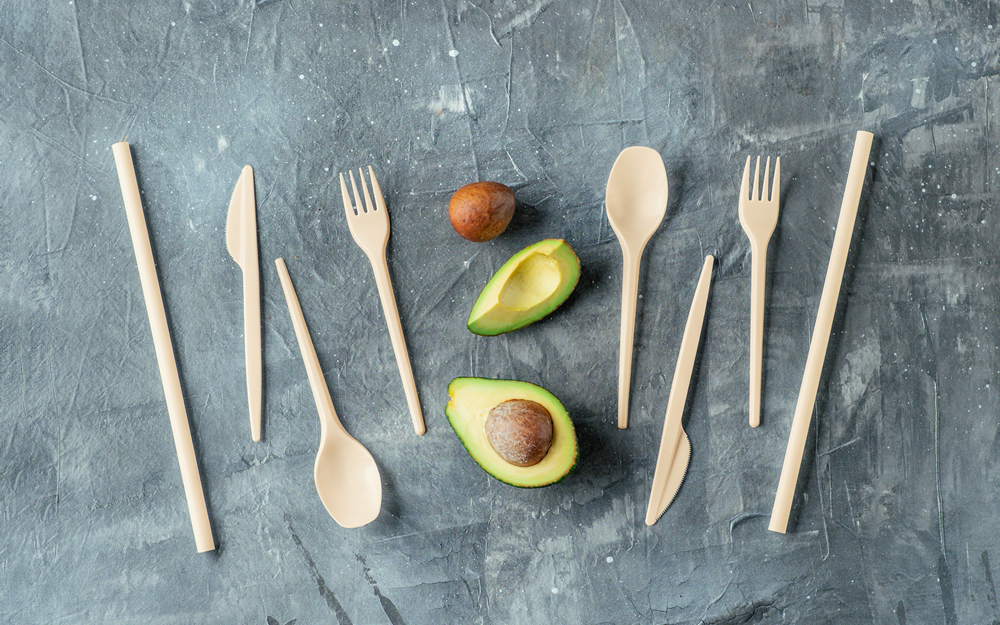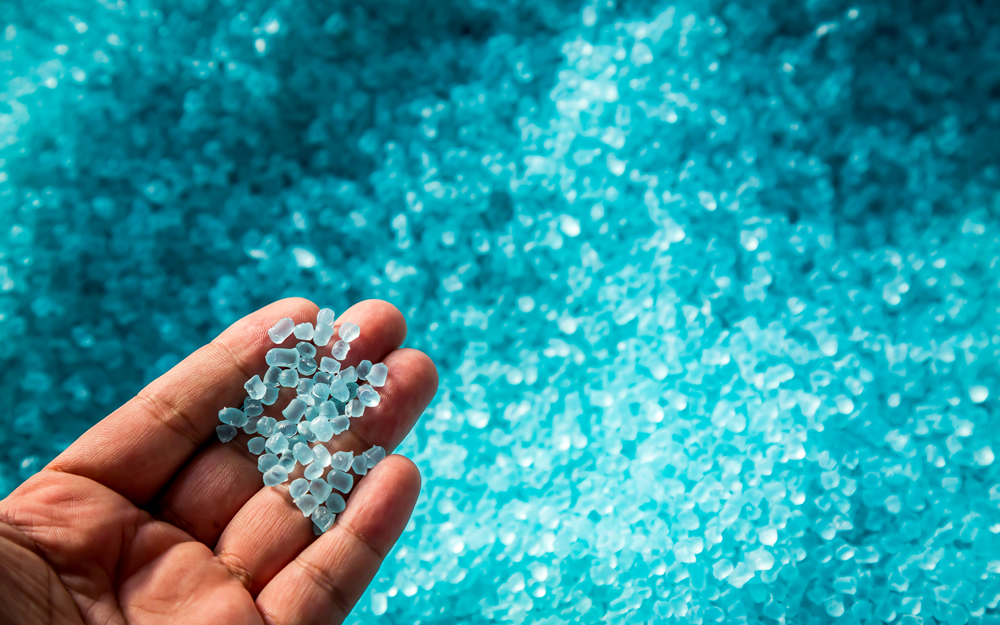- Home /
- Green solutions /
- What is Upcycling? The difference between Upcycling and Recycling
What is Upcycling? The difference between Upcycling and Recycling
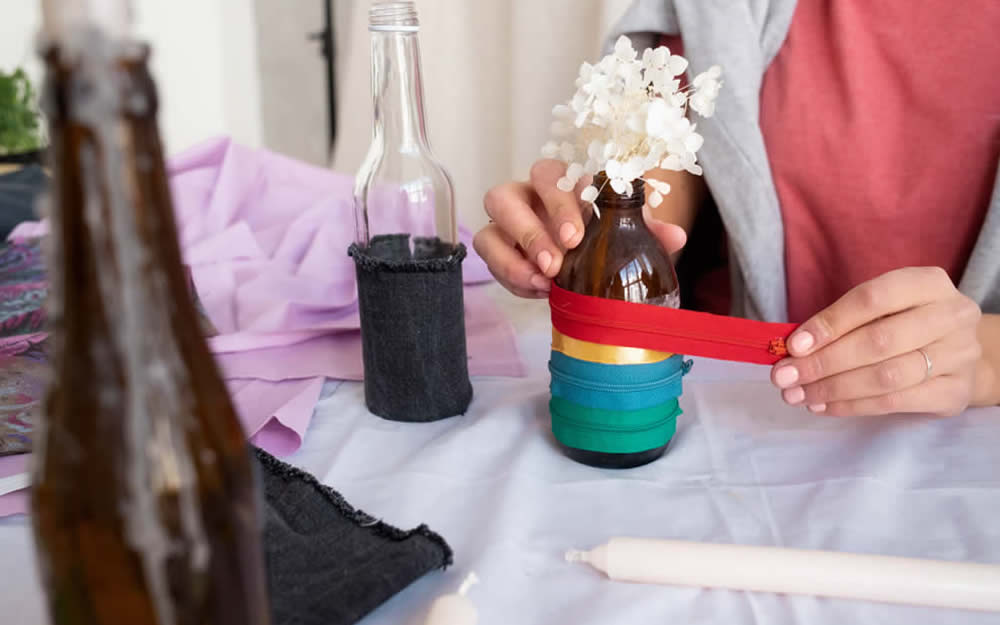
Upcycling is a trend that is gaining momentum worldwide: a form of recycling in which an existing product is transformed into something new and original.
The idea behind this phenomenon is very simple: to take unused items such as t-shirts, rugs or plastic objects, and transform them into something creative. It is a trend that can be a great resource and an ecological tool for creating a more sustainable world, a form of creative recycling or a way to recover materials that would otherwise be thrown away, giving them a second life.
Many upcycling projects can be made with materials that are already on hand, to create objects, fashion accessories, or furniture. It is an excellent solution for reducing environmental impact, decreasing the amount of waste, but also a fun and cost-effective way to regenerate products, saving money and time.
Upcycling and recycling: what are the differences?
Upcycling and recycling are two important concepts for environmental sustainability. Both aim to reduce the environmental impact of waste, but have slightly different goals: recycling involves the process of transforming waste materials into new materials and products, which can be partial or complete depending on the final product, and the main goal is to preserve natural resources.
Upcycling, on the other hand, is a creative technique that transforms waste materials into higher-value objects. It focuses on quality rather than quantity, and the main goal is to prolong the life cycle of objects by transforming them into useful and high-quality products.
In summary, recycling is a process of transforming waste into new materials, while upcycling is a process of transforming waste into higher-quality products, both effective solutions for reducing pollution.
What can we do to upcycle?
In addition to being environmentally responsible, this true art of reuse allows you to create unique, artistic, and functional products.
Here are some examples of upcycling:
Fashion upcycling
Fashion upcycling is the transformation of old clothes or fabrics such as wool, cotton, and silk. These can be used to create new pieces to add to your wardrobe. All you need is a needle and thread to create unique and trendy pieces.
You can use pieces you already own, or simply use scraps of fabric or vintage clothing: unleash your creativity by creating clothes, jewellery, bags, and shoes.
Design upcycling
Did you know that you can make actual carpets from old clothes? Unique pieces to enrich your home decor!
Or you can transform glass and plastic bottles into flower pots: you can paint them in different shades and bright colours to add a touch of style to your home, or have fun with the little ones. Whether painted with floral designs or filled with sand, shells, and other decorative objects, they become authentic design elements.
Even old wooden boxes can be painted and assembled to create furniture, tables, chairs, and cabinets. By adding a few touches of colour with paint or fabric, you can give a completely new look to a room.
There are many ideas, and upcycling remains the best way to transform many materials, an excellent source of inspiration to create unique and exclusive products.
The benefits of upcycling
Upcycling offers countless economic and environmental advantages:
It is a cost-effective trend, as it uses items that are already available and avoids the use of new ones, helping to reduce the ecological footprint and also the costs of waste disposal.
This type of recycling can contribute to strengthening creativity and ingenuity, not only in children but also in adults, as it is an excellent opportunity to experiment with different tools and create customised products. It is fun and constructive, an excellent way to learn new craft techniques and bring the perfect green gift to life.
It contributes to reducing contamination and environmental pollution: not only does it not create new waste, but it also helps to reduce the amount of materials that end up in landfills.



